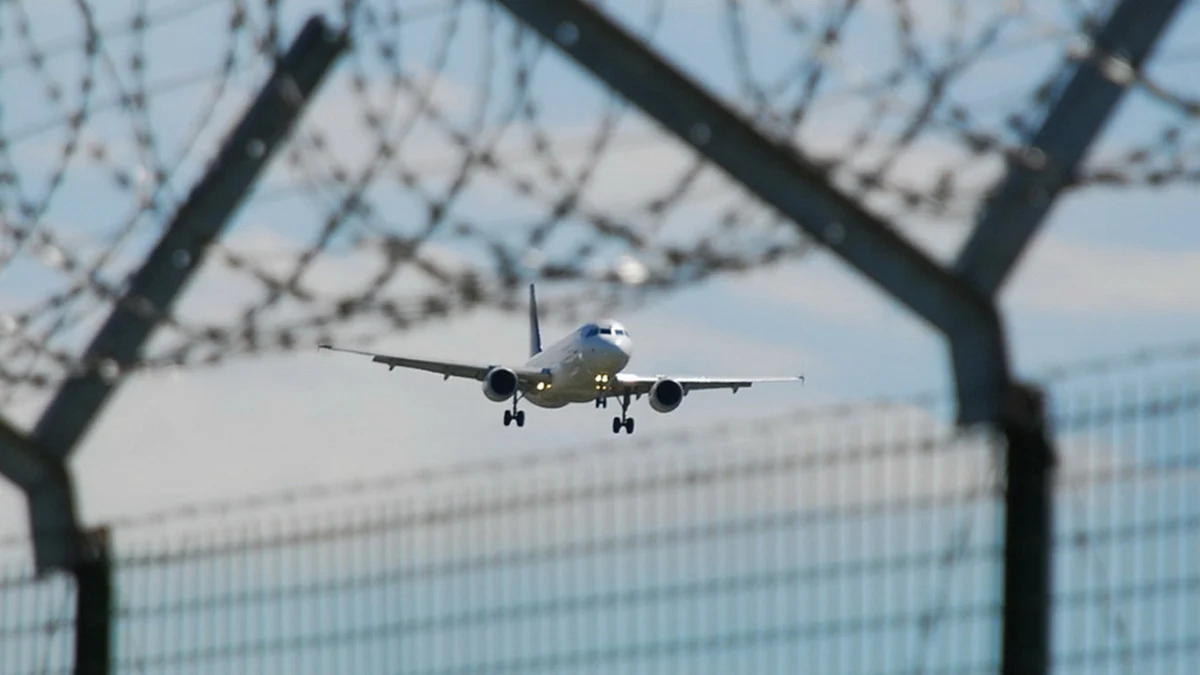Stop of aid to Ukraine: American official gives new details
5 March 21:05
American planes deployed after an order to pause aid deliveries – the order was given at a time when the United States was actively transferring equipment to the region. USA TODAY reports this with reference to its own sources, "Komersant Ukrainian" reports.
The editorial board of the daily newspaper notes that the supply of American weapons to Ukraine abruptly stopped on Monday evening after President Donald Trump ordered the suspension of all aid to the war-torn country. This was confirmed by the Pentagon on Tuesday.
According to a defense department spokesperson, following the order, all U.S. arms shipments to Ukraine stopped as of 6 p.m. Monday night. Airplanes with cargoes heading to Ukraine had to turn around, the official said.
US suspends aid to Ukraine: what is known so far
In early March 2025, the United States government, led by President Donald Trump, decided to suspend all military assistance and intelligence sharing with Ukraine. This move has profound implications for Ukraine’s defense capabilities, its defense against Russia, and geopolitical dynamics in the region.
Background and events leading up to it
The suspension of aid followed a controversial meeting on February 28, 2025, between US President Donald Trump and Ukrainian President Volodymyr Zelenskyy at the White House. The discussions, which were intended to cement a mining agreement and strengthen security cooperation, turned into an emotional debate that led to the Ukrainian delegation’s quick departure. US President Trump expressed his dissatisfaction with President Zelenskyy’s commitment to the peace process, which accelerated the decision to suspend military aid.
Scope of the aid suspension
The United States has been a key partner of Ukraine since Russia’s full-scale invasion in 2022, providing about $66.5 billion in military aid out of a total of $180 billion in assistance. The suspended aid covers a wide range of military support, including advanced weapons systems, ammunition, and critical air defense capabilities such as Patriot missile systems. The suspension also covers satellite and intelligence support, which play an important role in Ukraine’s defense strategy.
European reaction and strategic implications
In light of the suspension of U.S. aid, European Union (EU) leaders have convened emergency talks to reassess and strengthen their defense strategies. The EU is considering increasing military budgets and strengthening defense capabilities to mitigate the security vacuum created by the US withdrawal. European Commission President Ursula von der Leyen has emphasized the need for the EU to manage its own defense, reflecting a shift toward greater strategic autonomy. However, internal disagreements and different political landscapes among member states pose challenges to the development of a coherent and effective defense policy.
Prospects for peace talks
The US administration’s decision to suspend aid is widely interpreted as a strategic move aimed at putting pressure on Ukraine to engage in peace talks with Russia. President Trump favors a ceasefire and direct negotiations to end the long-running conflict. However, concerns remain about the terms of such negotiations and the potential for unfavorable concessions that could jeopardize Ukraine’s sovereignty and territorial integrity. The effectiveness of this pressure tactic remains uncertain, as it largely depends on the readiness of both Ukraine and Russia to engage in constructive dialogue and reach a mutually agreed solution.
US aid on hold: how it will affect Ukraine’s defense
The recent suspension of U.S. military assistance and intelligence sharing with Ukraine poses significant challenges to the country’s defense capabilities, especially in areas such as air defense, precision strike operations, and overall military readiness.
Vulnerability of air defense
The cessation of aid is expected to weaken Ukraine’s air defense, making its troops and cities more vulnerable to Russian air attacks, including those using drones and missiles. The United States has provided advanced air defense systems, such as Patriot missile batteries, which are critical to intercepting incoming threats. Without these systems, Ukraine’s ability to defend its airspace is jeopardized.
Impact on precision strike capabilities
The suspension also affects Ukraine’s ability to conduct precision strikes against Russian targets far behind the front lines. Systems such as the Highly Mobile Artillery Rocket System (HIMARS), previously supplied by the United States, played a key role in these operations. The lack of such equipment limits Ukraine’s offensive and defensive strategies.
Depletion of military resources
Ukrainian officials have expressed concern that current stockpiles of U.S. resources, including critical munitions and air defense systems, may only last for a limited period of time. This looming shortfall underscores the urgent need for either renewed assistance or alternative support mechanisms to sustain Ukraine’s defense efforts.
Strategic and diplomatic implications
The suspension of aid is perceived as a strategic move by the United States to put pressure on Ukraine to engage in peace talks with Russia. National Security Advisor Mike Waltz noted that military assistance could be resumed if peace talks and confidence-building measures are organized. This approach puts Ukraine in a difficult position of balancing defense needs with diplomatic pressure.
Mitigation efforts
In response to the suspension of aid, Ukrainian President Volodymyr Zelenskyy announced plans to boost domestic arms production, focusing on drones to protect soldiers on the front lines. This initiative aims to reduce dependence on foreign aid and increase self-sufficiency in the defense sector.









